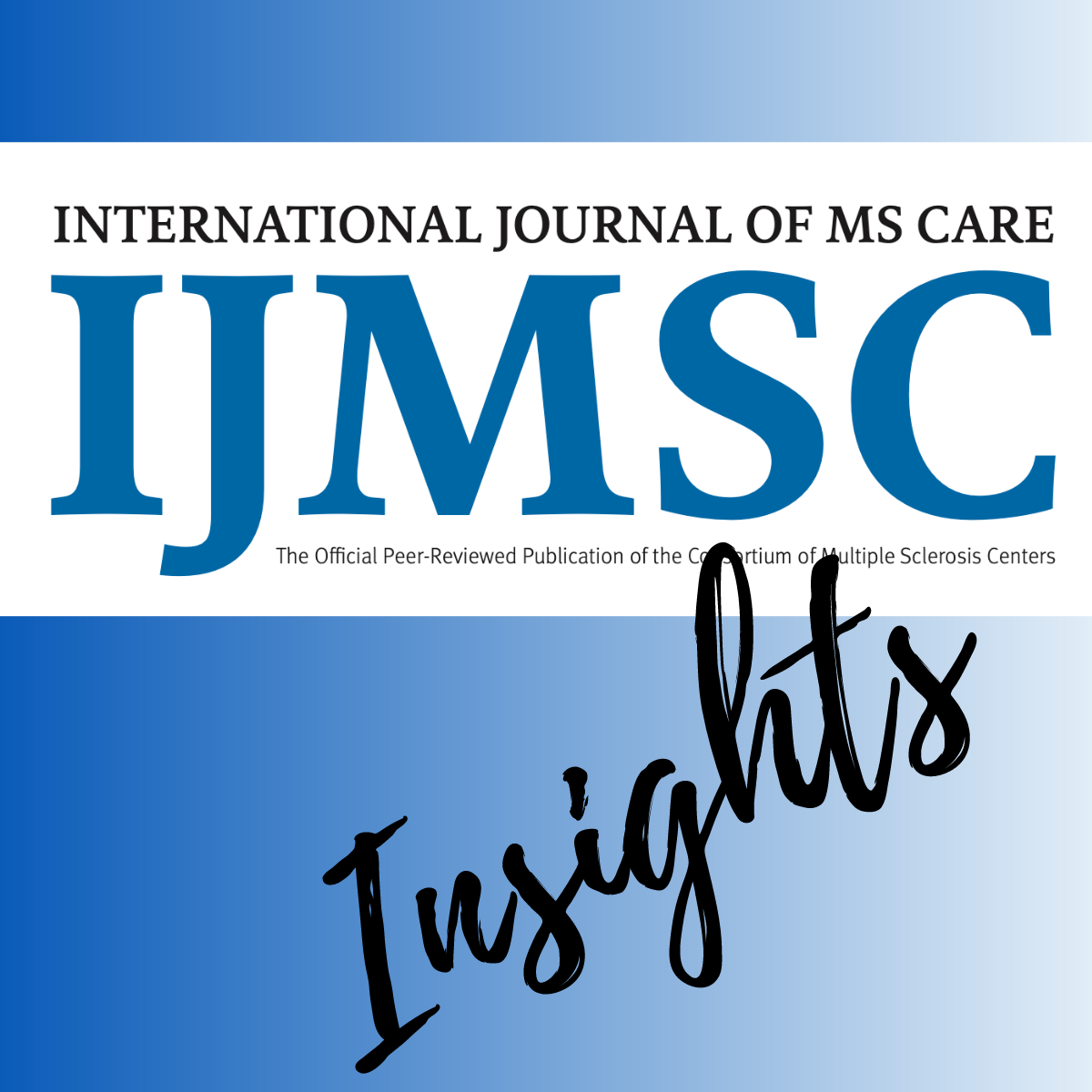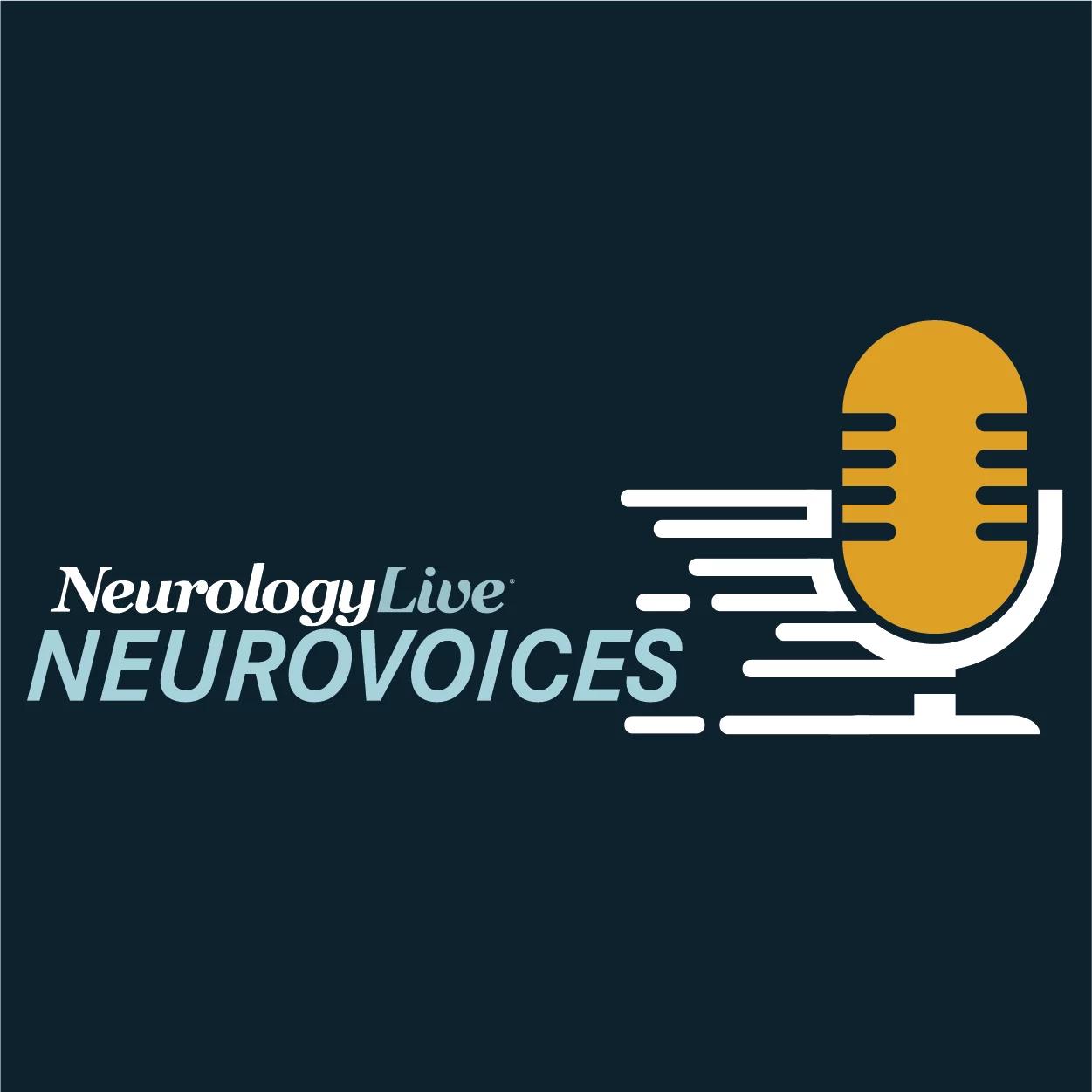News
Article
GENERATION HD2 Trial of Huntington Agent Tominersen Amended to Include Only Higher Dose
Author(s):
Key Takeaways
- Roche's GENERATION HD2 trial now focuses on a 100 mg dose of tominersen, following interim data suggesting potential benefits for Huntington disease patients.
- The independent data monitoring committee found no safety concerns, and the trial is expected to conclude in 2026.
Roche has updated its phase 3 GENERATION HD2 trial to continue testing only the higher 100 mg dose of tominersen, following interim data favoring its potential clinical benefit in Huntington disease.
According to a community letter by Roche, the company has amended its phase 3 GENERATION HD2 trial (NCT05686551) to include only a higher dose of tominersen, after interim data revealed this dosage may be more likely to show benefit in patients with Huntington disease (HD). The independent data monitoring committee (iDMC), those who helped make the decision, did not find any safety concerns with the agent, and the trial remains on track to conclude in 2026.1
GENERATION HD2, a trial that began in 2022, comprised of 301 patients with HD testing 2 dose levels of tominersen (100 mg and 60 mg) against placebo, administered every 4 months via a spinal injection. In a pre-planned interim analysis, the iDMC concluded that the study should continue on, with the 100 mg dose more likely to result in clinical benefit. Based on this decision, only the 100 mg dose will be tested, and the 60 mg dose will be discontinued. Investigators have already been informed about the decision and are in the process of contacting study participants about the study modification and next steps.
Following the amendment, participants’ clinic schedules or overall study experience are not expected to change. Those previously assigned to the 60 mg dose will be switched to the 100 mg dose, while those in other treatment groups (100 mg and placebo) will remain in their assigned groups. Roche noted that the iDMC will continue to review study data every 4-6 months to recommend whether to continue, modify, or stop the study. While it was concluded that the 100 mg dose may be best for clinical benefit, the company claimed it cannot draw final conclusions at this time, and will wait for the study to complete in 2026.
The main clinical trial end points for the study include the safety of tominersen, changes in laboratory results from cerebrospinal fluid, such as the amount of mutant huntingtin protein, as well as changes in MRI scans, and function. Patients are eligible for the trial if they are aged 25 to 50, have a CAP score of 400 to 500, and have been diagnosed with early manifest HD or are carriers of the of the abnormal huntingtin gene who are starting to show very early, subtle signs of HD, also known as prodromal HD. Patients also must tolerate giving blood, having lumbar punctures, and MRIs.2
GENERATION HD2 is a follow-up to GENERATION HD1 (NCT03761849), a phase 3 trial of tominersen that was discontinued in early 2021. Despite no new or emerging safety signals in treatment with tominersen, the recommendation was based on the investigational therapy’s potential benefit/risk profile for study participants. Months later, GENERATION HD2 was decided upon after a post-hoc analysis from the original study showed a possible benefit for a subgroup of patients who are younger with less disease burden.3
GENERATION HD1 was the largest clinical trial in HD at the time, comprising 791 participants across 18 countries. Prior to that study, the therapy was tested in a phase 1/2 trial, with results published in the New England Journal of Medicine. In the study, treatment with tominersen successfully targeted and reduce levels of mutant huntingtin protein in patients with HD, becoming the first such agent to achieve this feat. Overall, dose-dependent reductions were observed, with the greatest changes observed in the 2 highest-dose groups (90 mg: 42% reduction; 120 mg: 38% reduction).4




